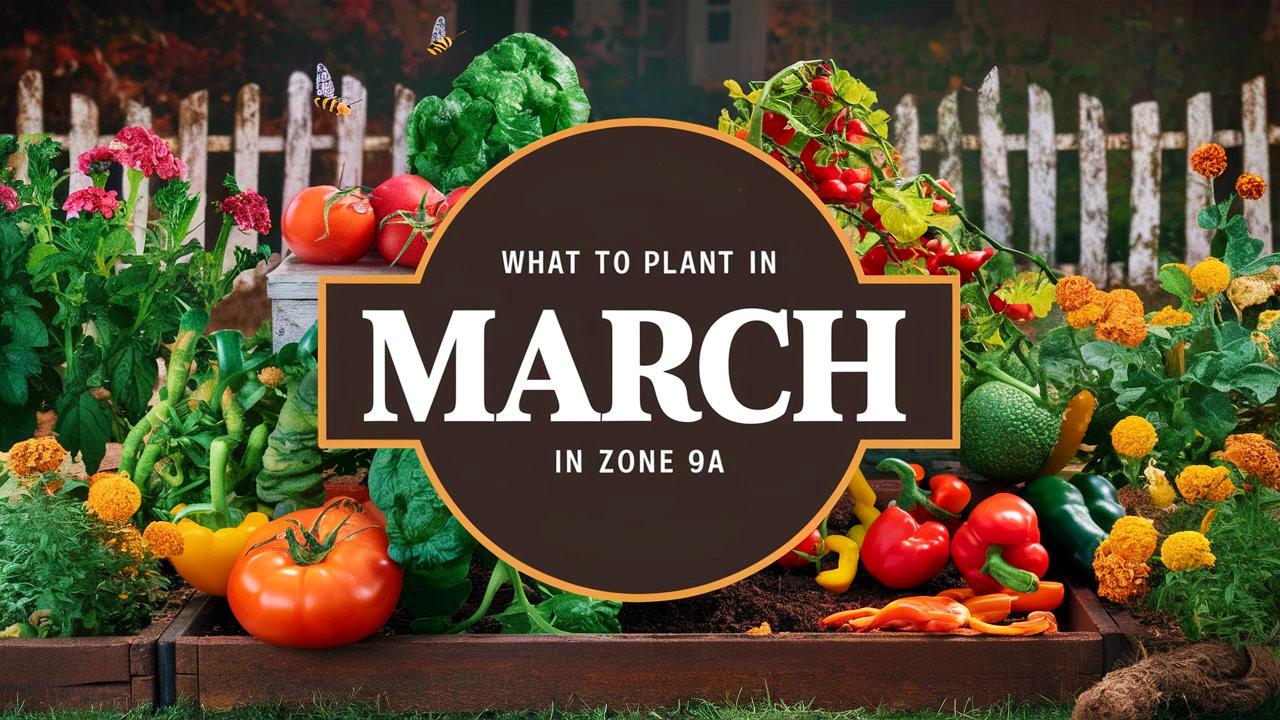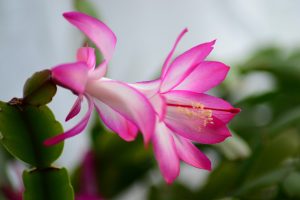March is a transitional month in many gardening zones, signaling the shift from winter hibernation to vibrant spring growth. For gardeners in USDA Hardiness Zone 9a, this month presents an excellent opportunity to start sowing a diverse array of fruits, vegetables, herbs, and flowers.
Zone 9a is known for its mild winters and warm springs, allowing a wide range of plants to thrive. In this guide, we’ll explore what to plant in March in Zone 9a, ensuring you make the most of this season with successful gardening endeavors.
Top Fruits for Zone 9a
Fruits are an excellent choice for Zone 9a, where the climate is conducive to growing a variety of sweet and juicy options. March marks the perfect time to plant certain fruits that will flourish and yield delicious results.
Oranges
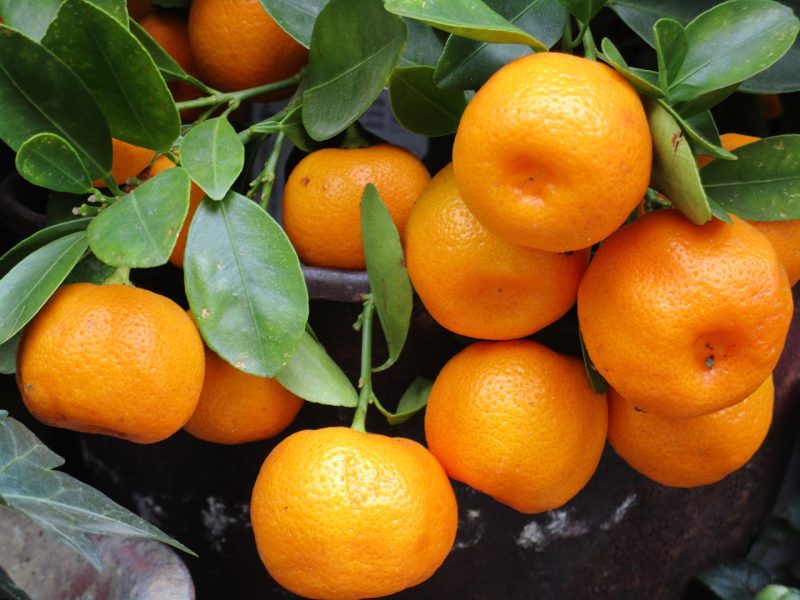
Oranges are a staple fruit in many home gardens, particularly valued for their flavor and high vitamin C content. When planting orange trees in March, choose a location with full sun and well-draining soil. Ensure the tree has enough space to grow, as mature trees can reach significant heights. Regular watering is necessary, especially during the establishment period, and mulch can help retain moisture and suppress weeds.
Figs
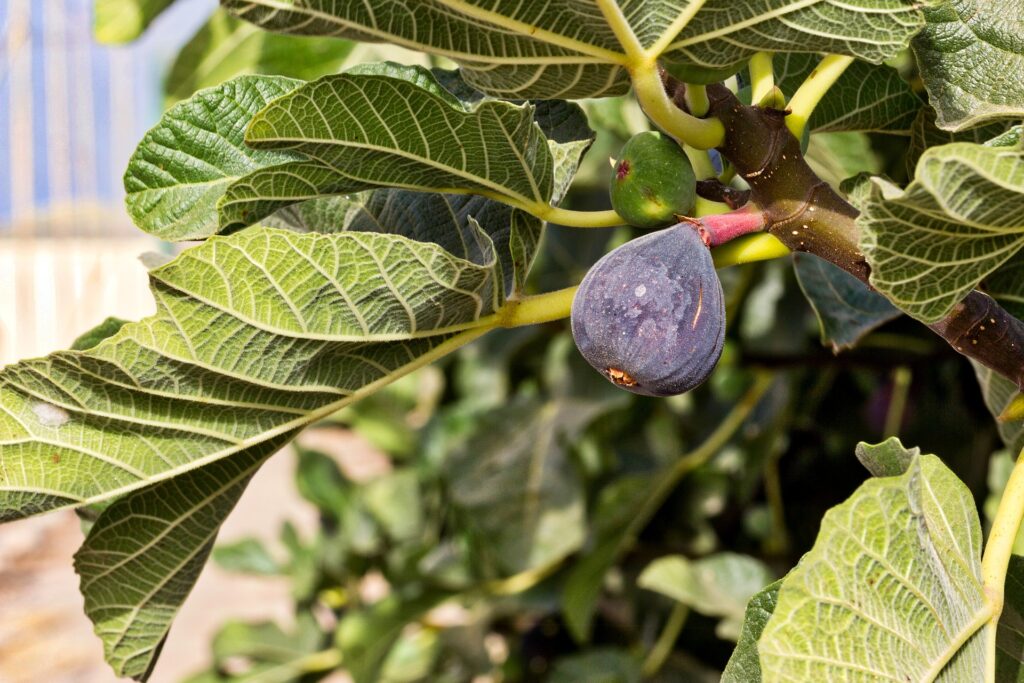
Figs are drought-tolerant and grow well in the warm temperatures of Zone 9a. March is ideal for planting fig trees as they are waking from their winter dormancy. Choose a spot with full sun and soil that drains well. Planting figs is straightforward—dig a hole that is twice the width of the root ball and place the tree at the same depth it was in its nursery container. Regular pruning encourages better air circulation and fruit production.
Avocados

Avocado trees thrive in the warm weather of Zone 9a, making March an excellent time to plant. Choose a variety suited to your area, such as ‘Hass’ or ‘Fuerte.’ Avocados prefer well-draining soil enriched with organic matter. Ensure they receive plenty of sunlight throughout the day. It’s crucial to protect young trees from frost by covering them on cold nights or placing them in a sheltered location.
Pomegranates
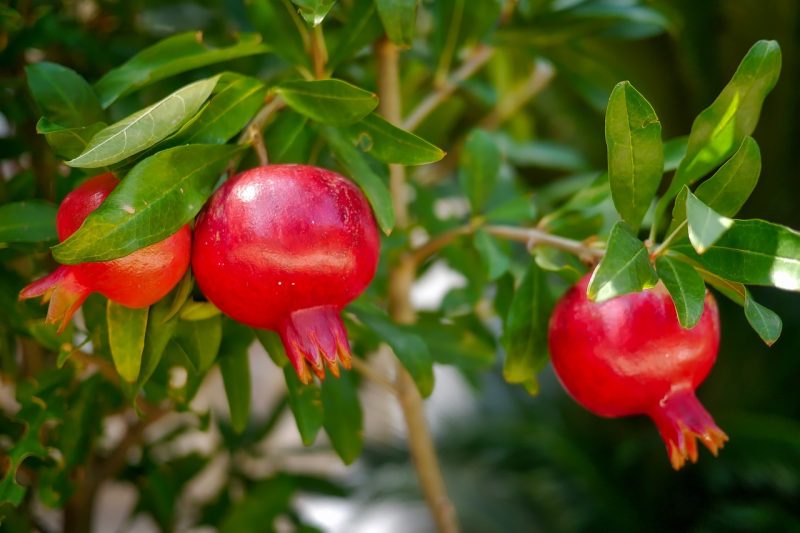
Pomegranates are not only ornamental but also offer delicious fruit. Planting should be done in early spring, ideally around March when the risk of frost has passed. Choose a well-drained area with full sun exposure to promote healthy growth. Pomegranate trees are relatively low-maintenance and require minimal pruning. In addition, their drought tolerance lets them thrive even in hot conditions.
Bananas
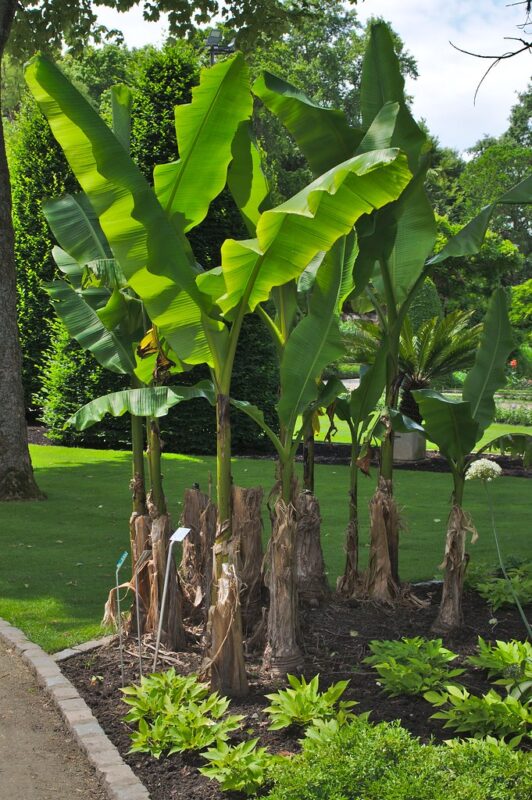
Banana plants can be a delightful addition to any garden. These tropical beauties thrive in the warm temperatures of Zone 9a. Planting should occur in a location with full sunlight and rich, well-draining soil. Bananas require consistent moisture, so be prepared to water them regularly, especially in dry periods. Adding mulch helps retain moisture and keep the soil temperature stable.
Top Vegetables for Zone 9a
In addition to fruits, Zone 9a is ideal for growing a variety of vegetables, many of which can be directly sown into the garden in March.
Tomatoes
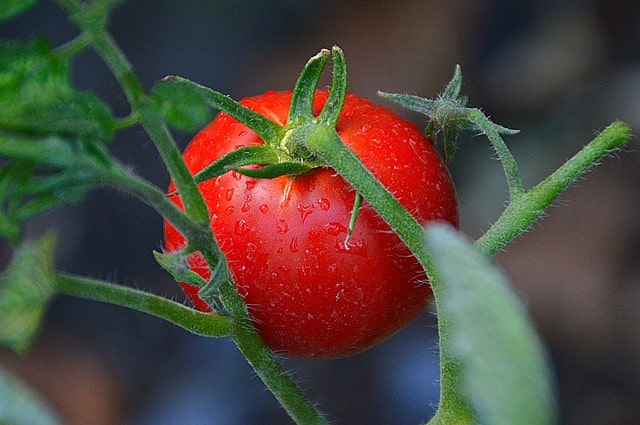
Tomatoes are a beloved garden staple, and March is a crucial time to plant them for a bountiful summer harvest. Start with seedlings or young plants, as they appreciate the warmth of the spring sun. Choose a location that receives at least six hours of sunlight per day. Providing support, such as cages or stakes, helps the plants grow upright and ensures proper air circulation.
Peppers
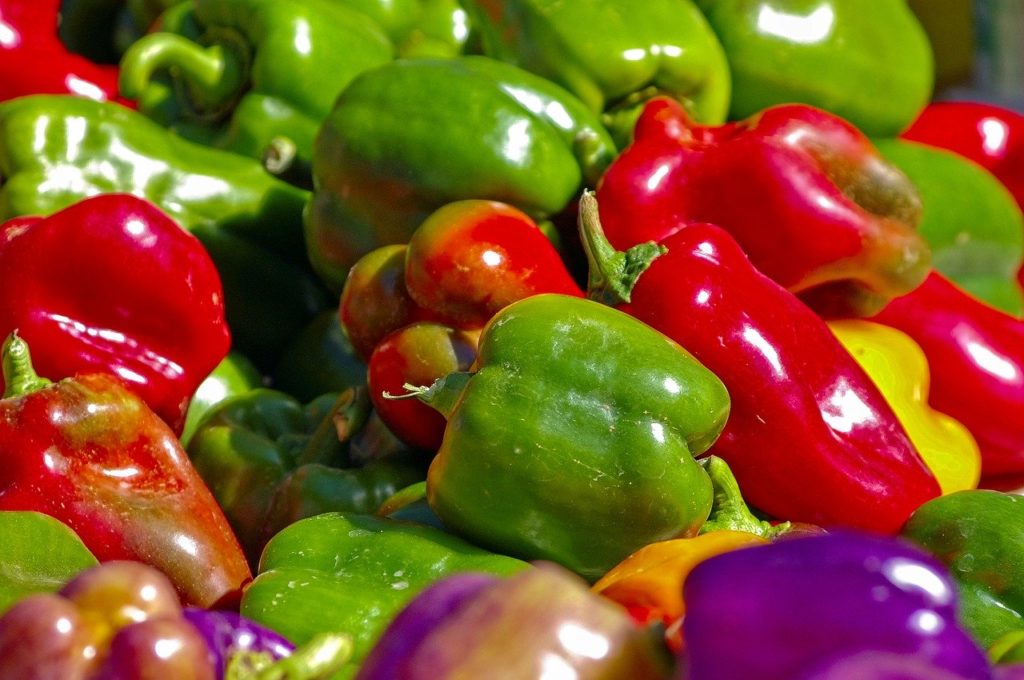
March is an excellent month for planting peppers, including bell peppers and hot varieties. These warm-weather crops thrive in sunny locations with well-draining soil. When planting, make holes about 18 to 24 inches apart, ensuring they have enough room for growth. Peppers benefit from consistent watering but avoid saturating the soil to prevent root rot.
Squash
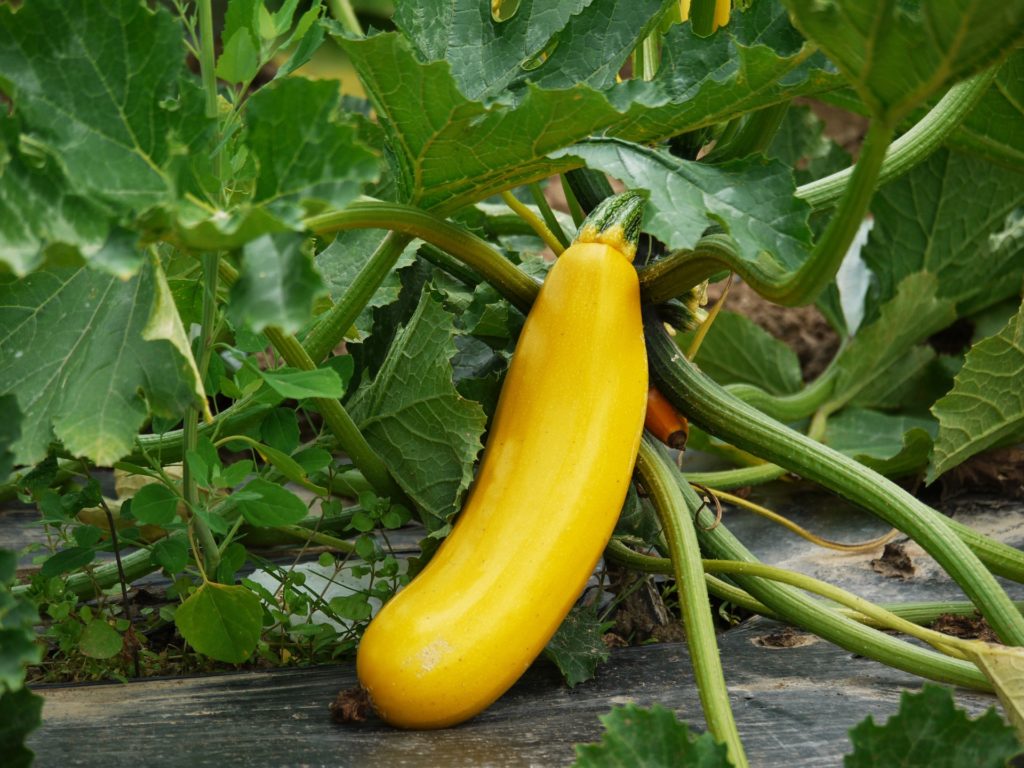
Squash varieties—both summer and winter types—are rewarding crops to grow in Zone 9a. March provides a perfect window for planting both types. Consider planting seeds directly into the soil after the last frost or transplanting seedlings. Squash prefers nutrient-rich, well-drained soil and full sun. Regular watering and mulching can help retain moisture while suppressing weed growth.
Eggplant
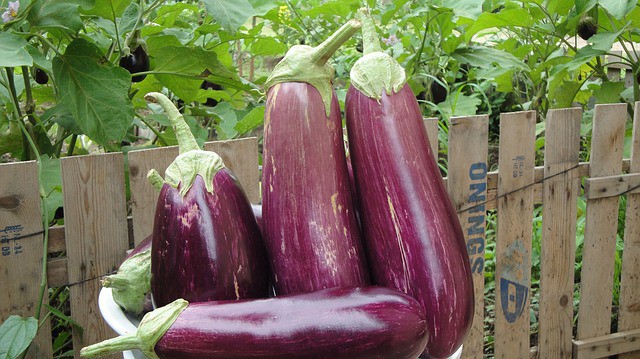
Eggplants add a unique flavor to garden dishes, making them a worthy choice for Zone 9a gardens. Late March is suitable for transplanting seedlings started indoors earlier in the season. Choose a sunny spot with fertile, well-drained soil. Regular fertilizing and watering your eggplants will ensure they thrive, and consider using row covers to protect young plants from pests.
Okra
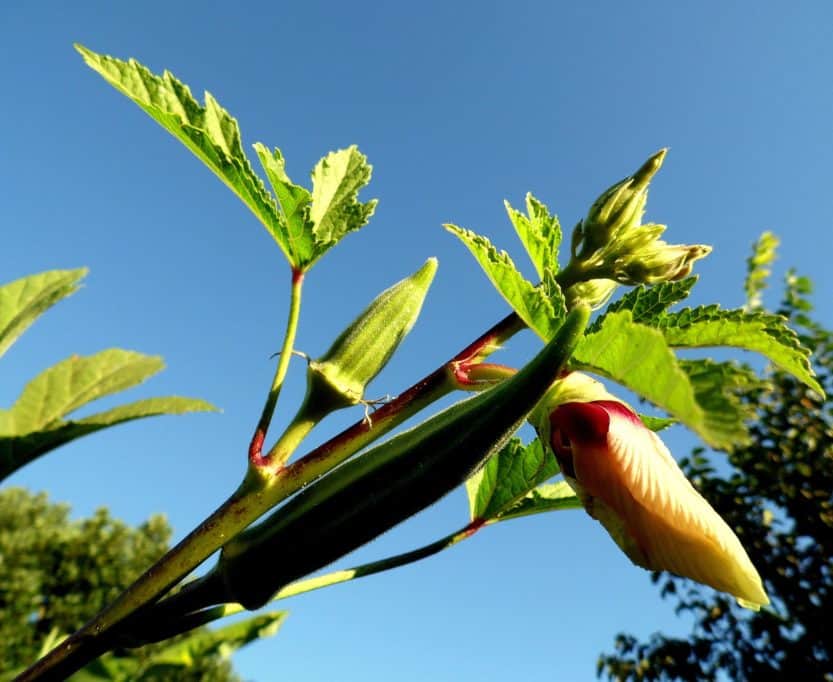
Okra, known for its delicious pods, is another crop that flourishes in the warm weather of Zone 9a. March is a prime time to sow seeds directly into the garden. Ensure you select a sunny spot with well-draining soil. Okra plants can tolerate drought once established, but regular watering during their growth phase will yield better results.
Sweet Potatoes
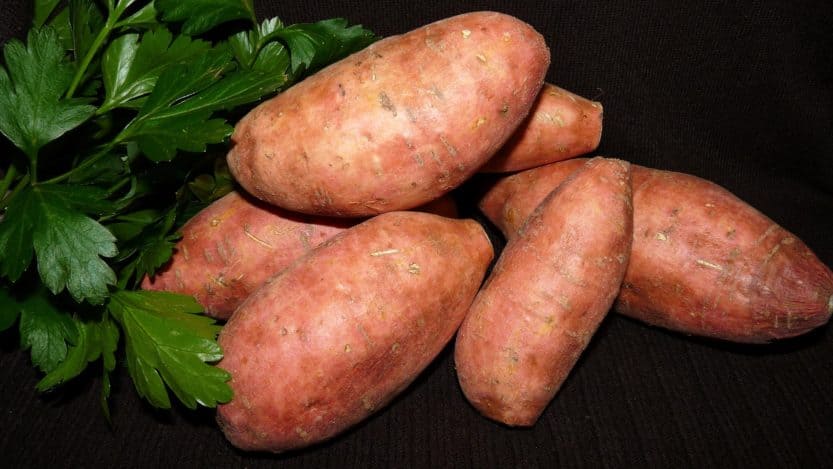
Sweet potatoes are both nutritious and fun to grow. March is the ideal time to plant slips—young sweet potato plants. Pick a sunny, well-draining site in the garden and bury the slips about 12 inches apart, ensuring the leaves are above ground. Sweet potatoes benefit from consistent moisture during their growth phase, yet they have a high tolerance for heat and drought.
Leafy Greens
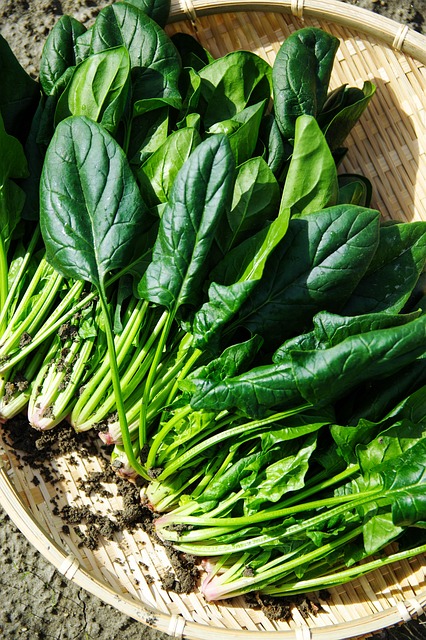
Leafy greens such as spinach, kale, and Swiss chard can be sown in March in Zone 9a, taking advantage of the cooler spring weather before the intense summer heat kicks in. These crops can be planted directly in the soil or started indoors for transplanting later. Leafy greens prefer rich, well-drained soil and regular moisture, making them fantastic crops for first-time gardeners.
Flowers To Plant
In addition to fruits and vegetables, flowering plants can add beauty and vibrancy to your garden. March is an excellent time to introduce a variety of blooms that can thrive in Zone 9a.
Marigolds
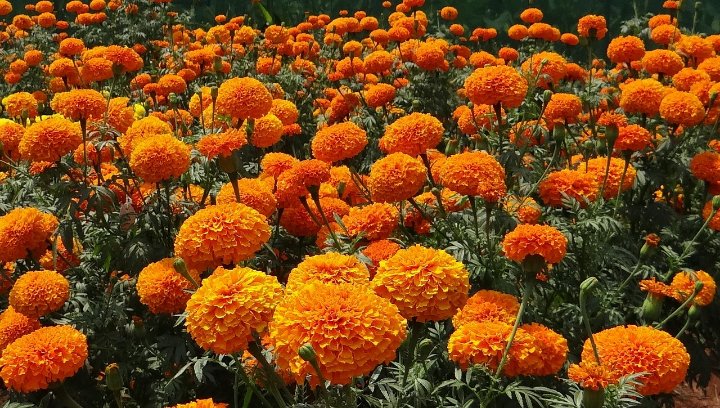
Known for their pest-repelling properties, marigolds are easy to grow and cheerful additions to any garden. They thrive in full sun and bloom throughout the warmer months. Plant marigold seeds directly into well-draining soil, and make sure to deadhead spent blooms to encourage continuous flowering.
Zinnias
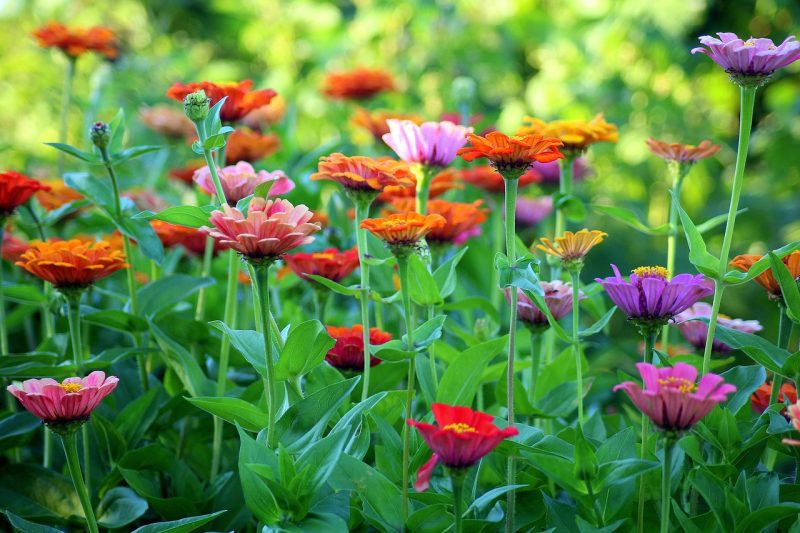
Vibrant and hardy, zinnias bloom prolifically through the summer. Plant them in sunny spots with rich, well-draining soil for the best results. Zinnias are low-maintenance flowers; simply water regularly and enjoy their bright display, which also attracts butterflies.
Sunflowers
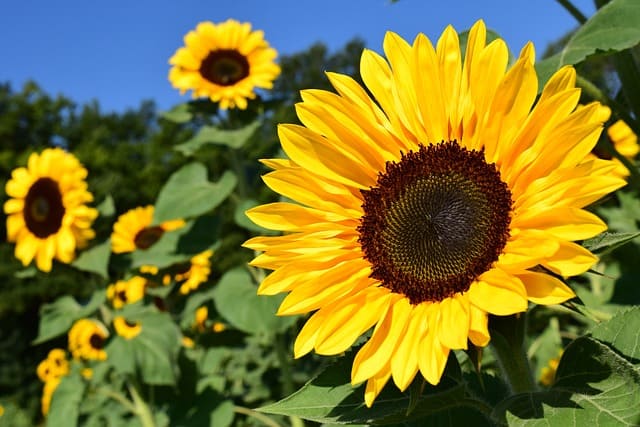
A favorite among gardeners, sunflowers are fast-growing and bring a bright splash of yellow to your landscape. They thrive in full sun and well-drained soil. Plant sunflower seeds directly into the ground, and provide support for taller varieties as they grow.
Cosmos
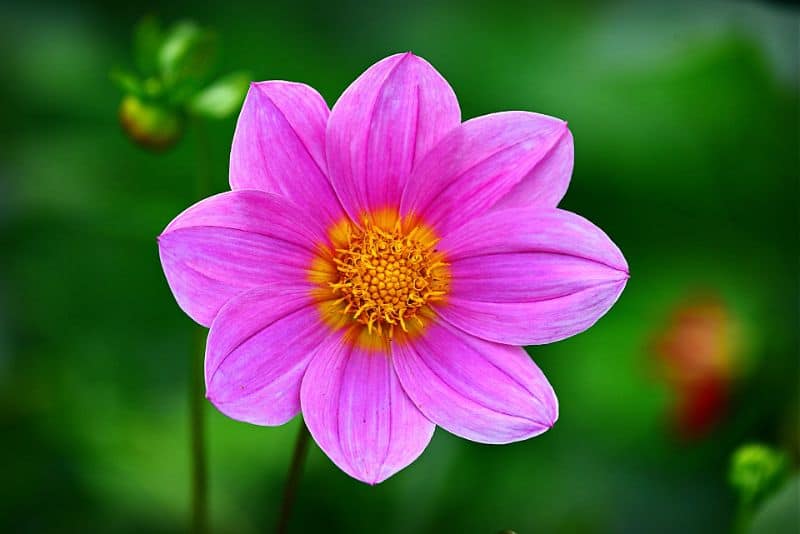
These dainty, colorful flowers are drought-tolerant and grow well in warmer months. Plant them directly in the garden for a lively summer display. Cosmos prefer full sun, and their long blooming season makes them excellent for attracting pollinators.
Snapdragons
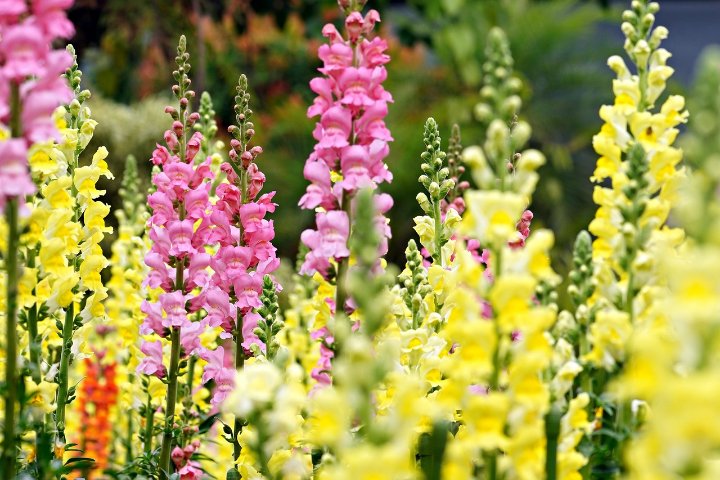
Renowned for their unique shape and colors, snapdragons can be planted in early March when the weather is still mild. They prefer rich, well-drained soil and benefit from regular watering to keep their blooms vibrant.
Petunias
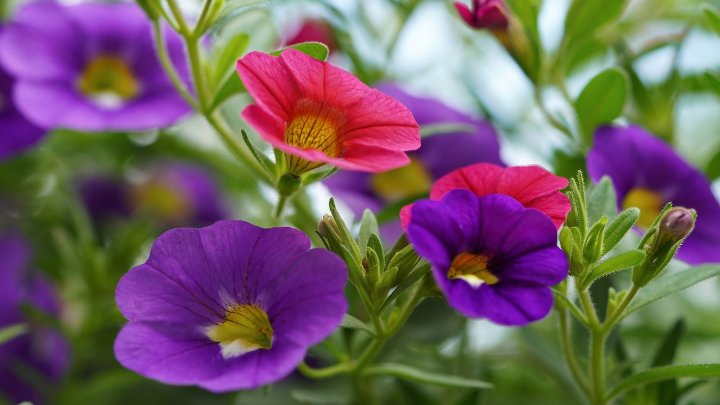
Excellent for containers and garden beds, petunias are easy to care for and provide continuous blooms. They thrive in full sun and require regular watering during the hot months. Planting them in well-draining soil will yield healthy plants that brighten your landscape.
Black-eyed Susans
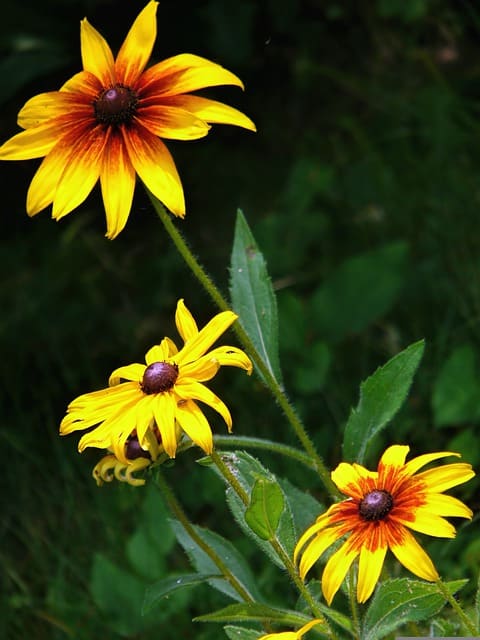
Cheerful yellow flowers, these perennials are hardy and drought-resistant. They can tolerate various conditions but flourish in sunny areas. Plant in well-drained soil, and they will reward you with years of bloom.
Lantana
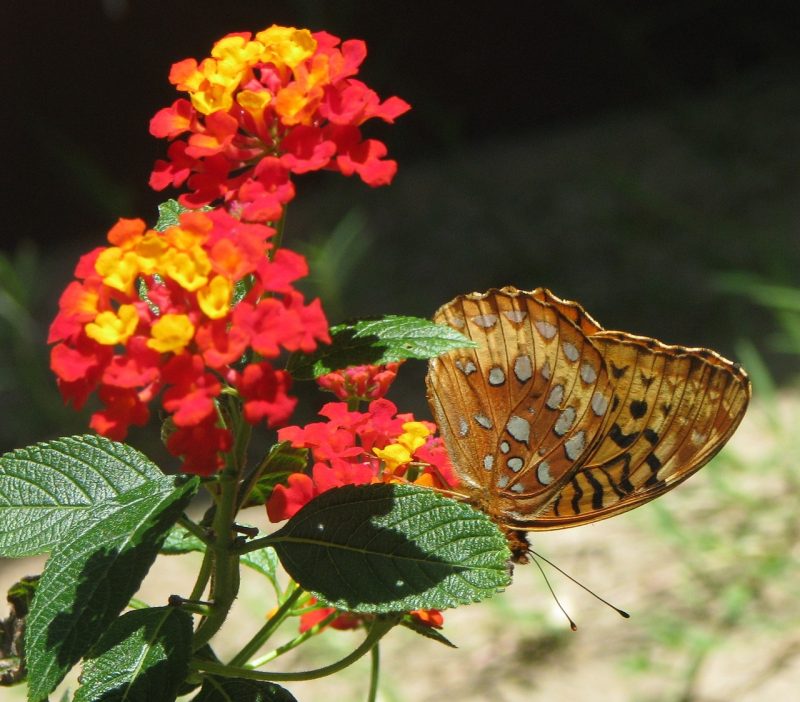
Known for its brightly colored flowers and ability to attract butterflies, lantana thrives in full sun. It’s perfect for hot, dry areas in Zone 9a and is very low-maintenance once established. Prune occasionally to encourage bushy growth and more blooms.
Lavender
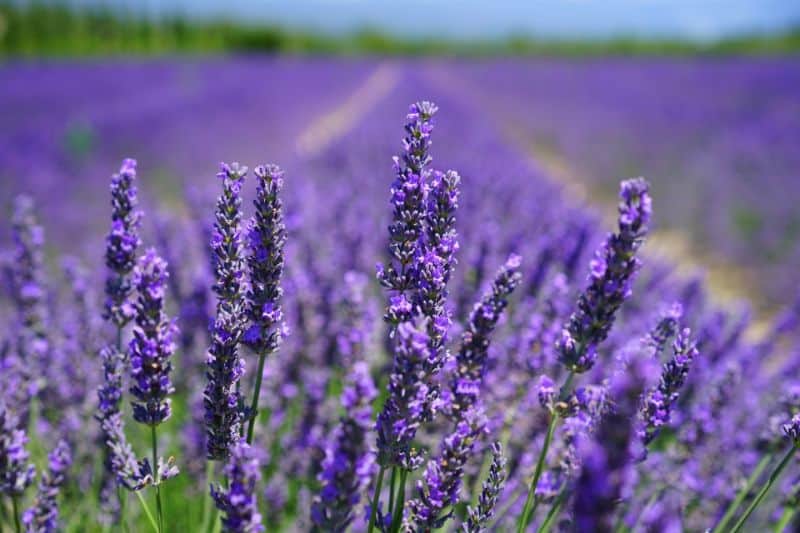
Offering both beauty and a lovely fragrance, lavender is a drought-tolerant perennial that prefers full sun and well-drained soil. Plant lavender in a location where it can get plenty of air circulation, and prune back after flowering to maintain its shape.
Bee Balm
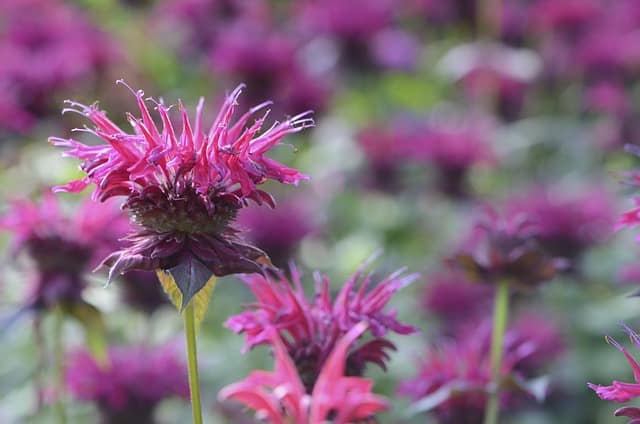
Attractive to pollinators, bee balm is a beautiful addition that thrives in full sun to partial shade and can tolerate varying soil types. This perennial herb can produce vibrant red, pink, or purple flowers, making your garden lively while benefiting local wildlife.
Herbs To Plant
Herbs can enhance your culinary creations, and many thrive well in Zone 9a during March. Here are some ideal choices:
Basil
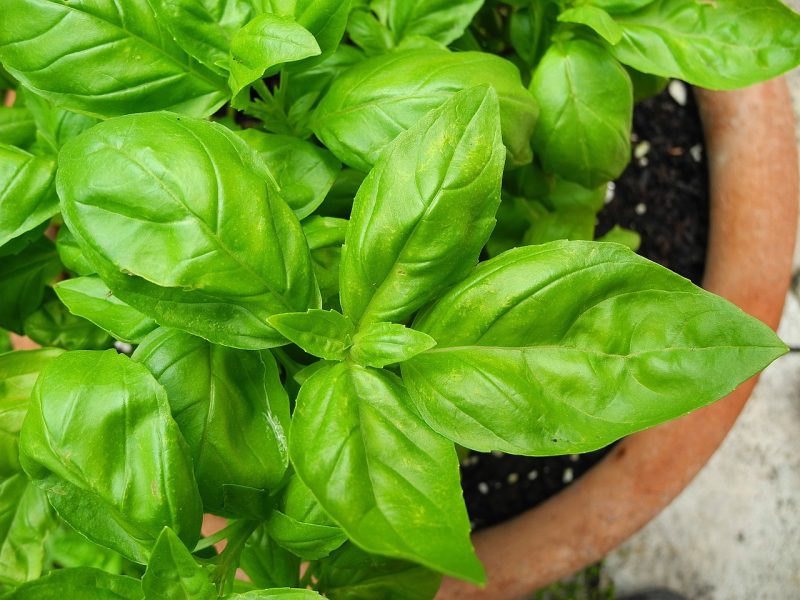
A summer favorite, basil loves warm weather and should be planted in full sun. Regular watering will keep it lush and healthy, and frequent harvesting encourages bushier growth.
Mint
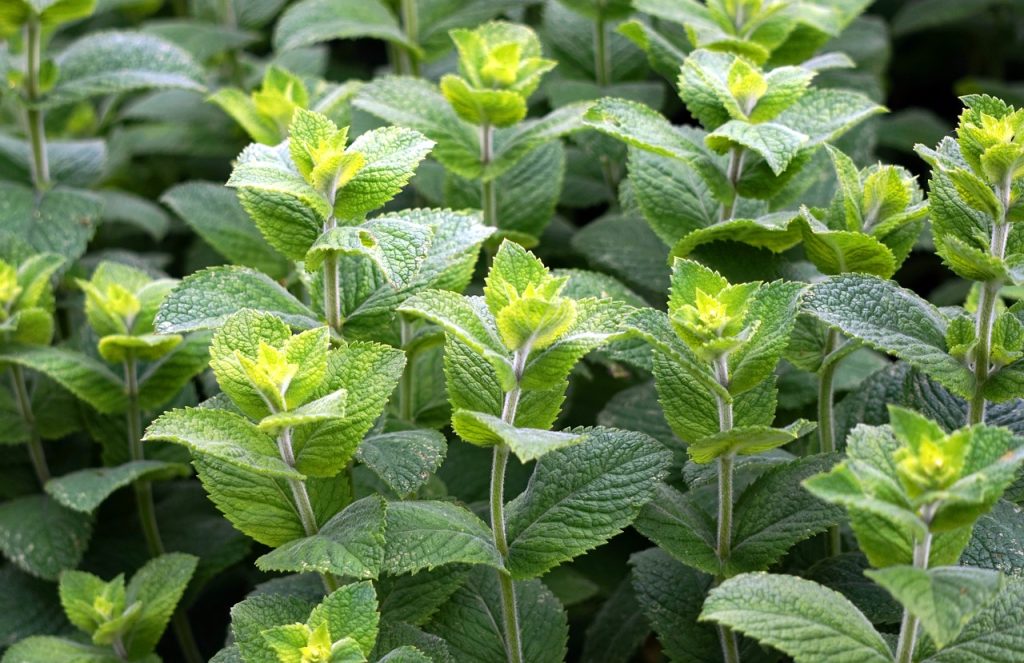
Mint is vigorous and can quickly take over if not contained, so consider planting it in pots. It prefers partial shade but can also tolerate full sun. Mint is mostly carefree but should be watered regularly for optimal flavor.
Cilantro
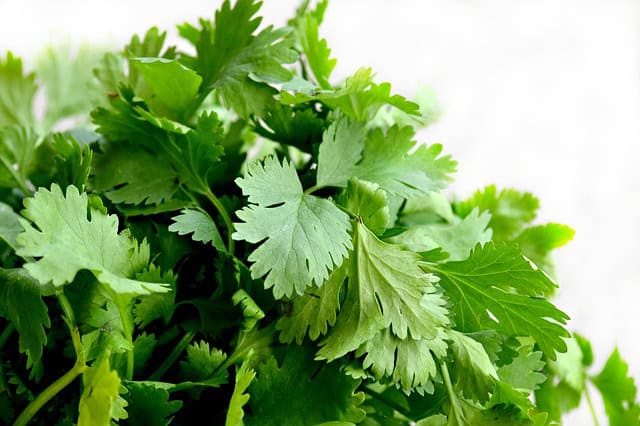
Ideal for cooler temperatures, cilantro can be seeded directly into the soil or transplanted. It does well in full sun to partial shade and prefers slightly moist soil. Harvest leaves regularly for the best flavor.
Oregano
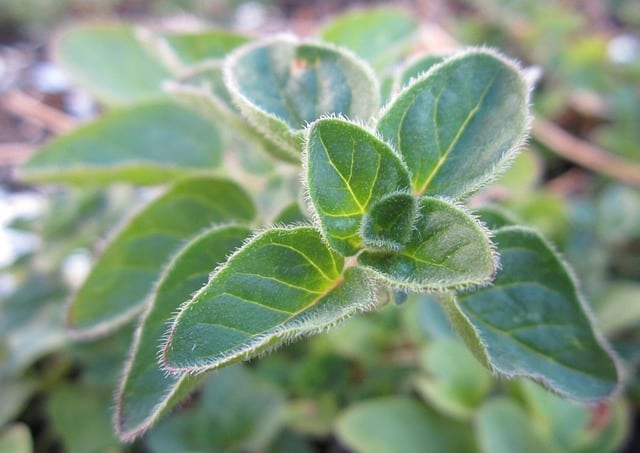
This hardy perennial thrives in full sun and well-draining soil. It’s low maintenance and can tolerate dry conditions once established. Regular pruning encourages new growth and prevents legginess.
Thyme
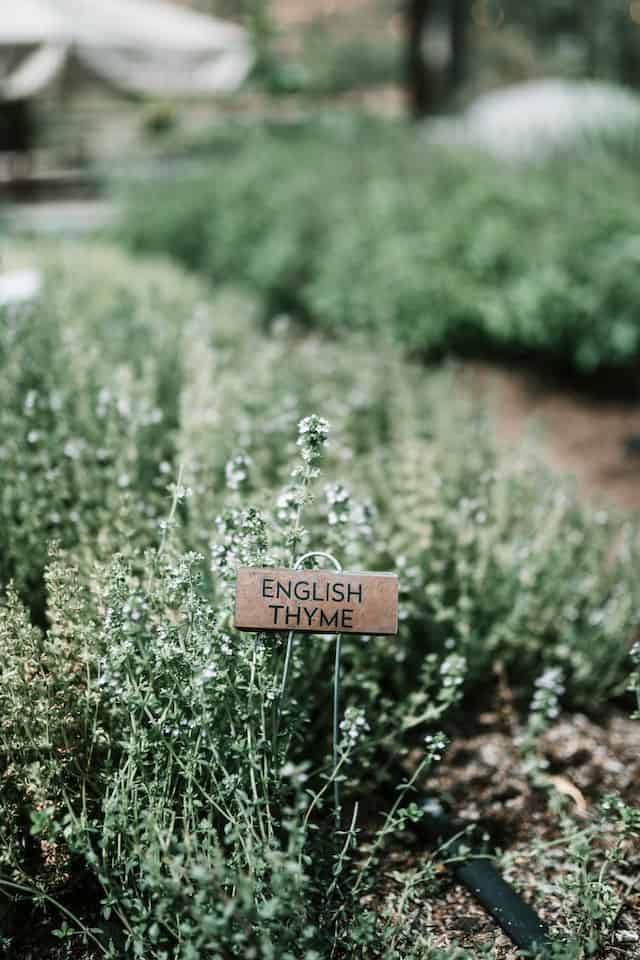
Thyme is a drought-resistant herb that grows well in sunny locations. It prefers well-draining soil, making it perfect for rocky or sandy areas. Its strong flavor is excellent in many culinary dishes.
Rosemary
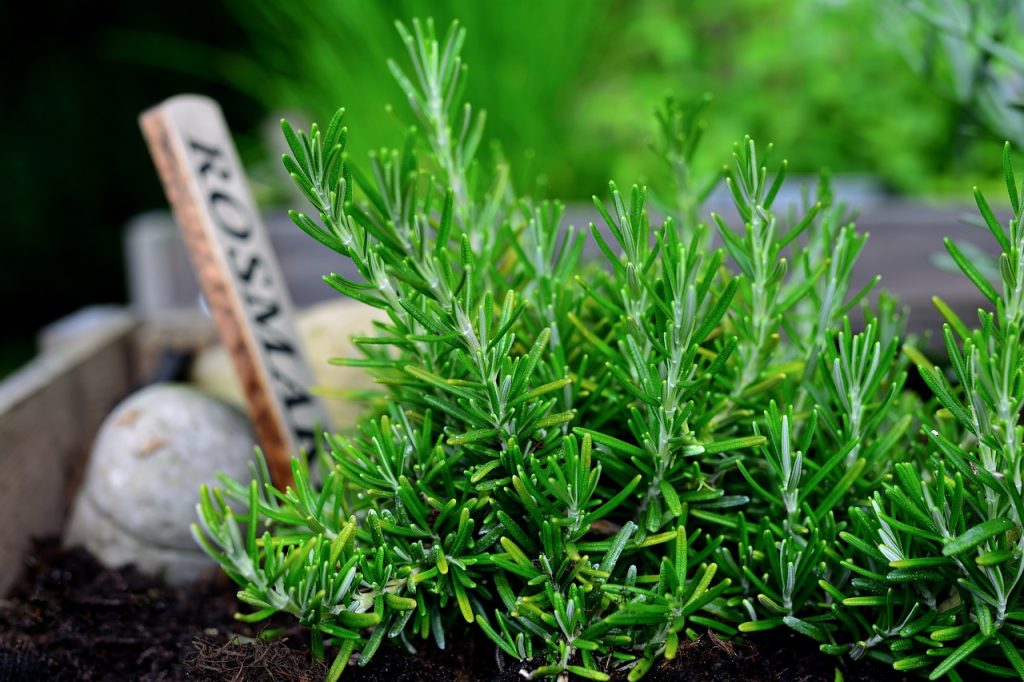
This fragrant evergreen thrives in full sun and needs minimal watering once established. Choose a location with good drainage to prevent root rot, and enjoy harvesting fresh sprigs for your cooking.
Parsley
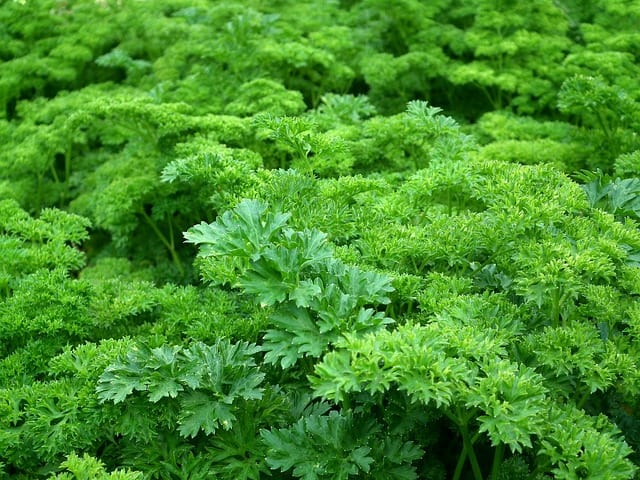
Parsley can be sown directly or started indoors. It appreciates full sun to partial shade and requires regular watering for best growth. Regular harvesting also encourages new growth.
Dill
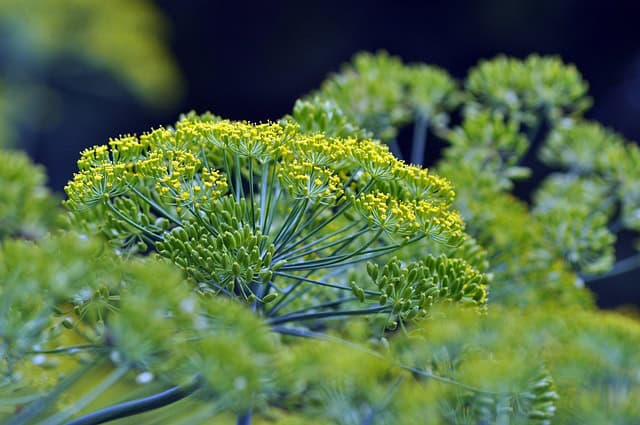
Dill is ideal for cool-season planting. It attracts beneficial insects and prefers a sunny location with well-drained soil. Harvest the leaves and seeds at different stages for a variety of uses.
Chives
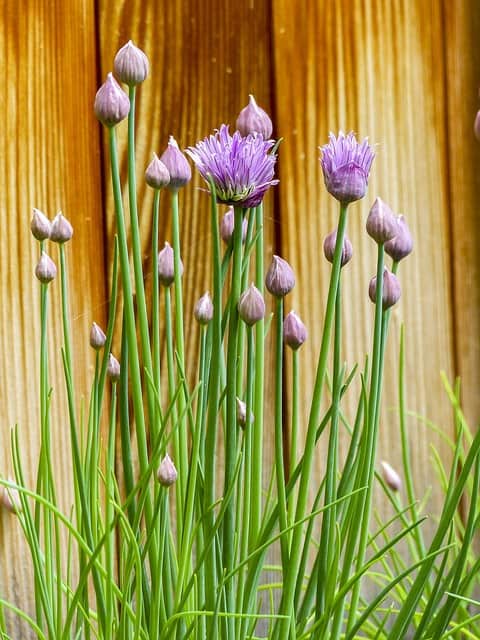
Chives add a mild onion flavor to dishes and are easy to grow in full sun. They’re also perennials, coming back year after year. Regularly cutting the leaves will promote bushy growth.
Sage
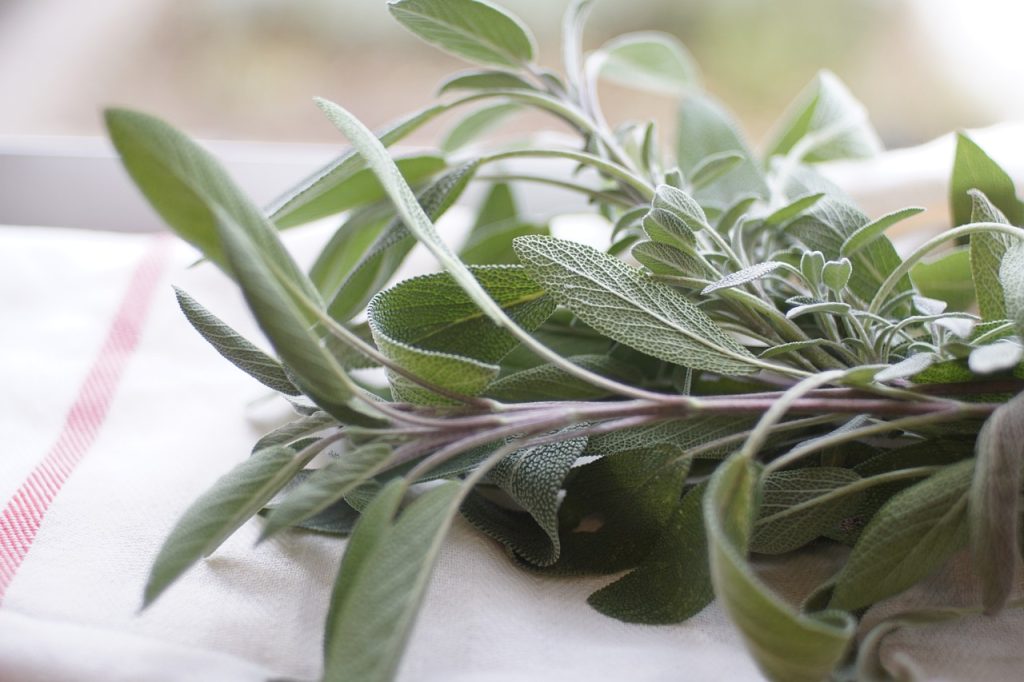
Sage is a hardy perennial herb that thrives in full sun and well-drained soil. It requires little care once established, and it can also add wonderful flavor to many dishes.
Landscape Plants To Plant In March
Enhancing your garden or landscape can be accomplished by adding various ornamental plants. March is a great time to plant these landscape options:
Azaleas
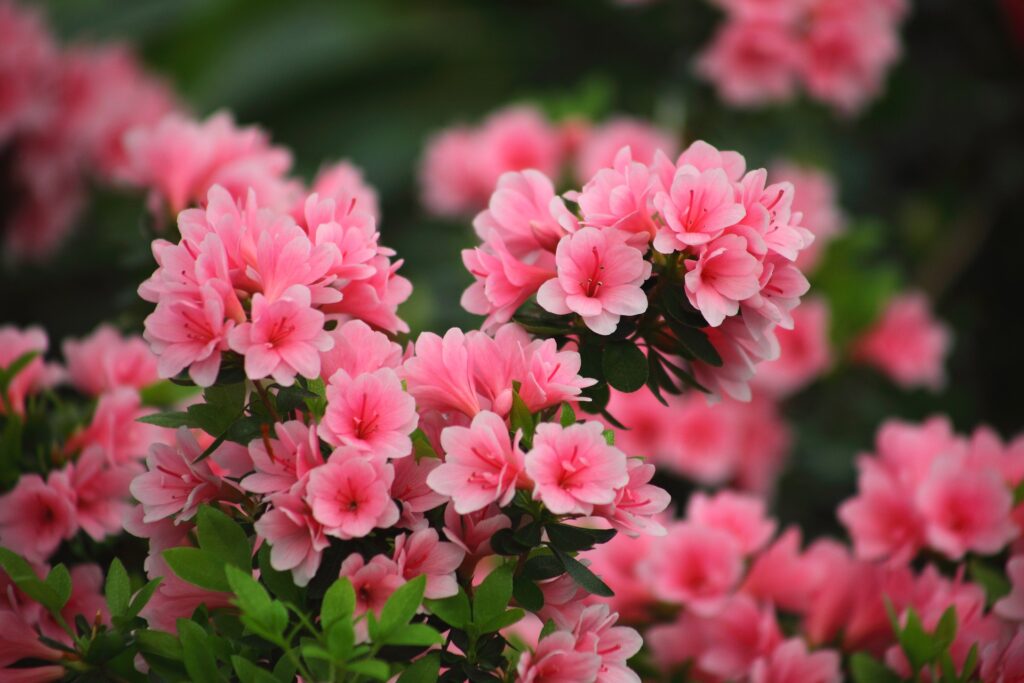
These flowering shrubs bring color and interest to your landscape. They prefer partial shade and well-draining acidic soil. Regular watering is key, especially in drier spells, to help them establish well.
Camellias
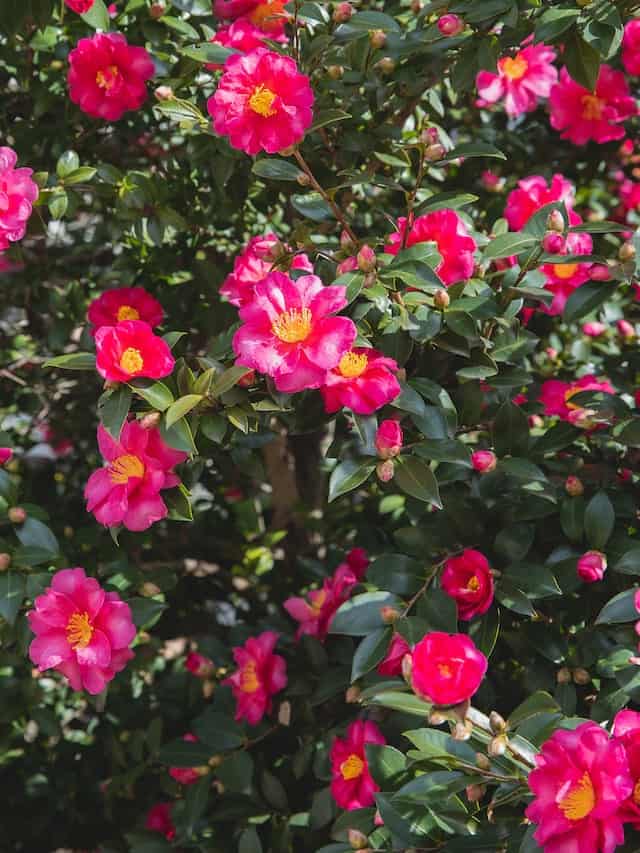
Known for their stunning blooms, camellias can thrive in part shade to full sun. They offer a range of colors and forms and benefit from consistent moisture and mulching to maintain soil humidity.
Gardenias
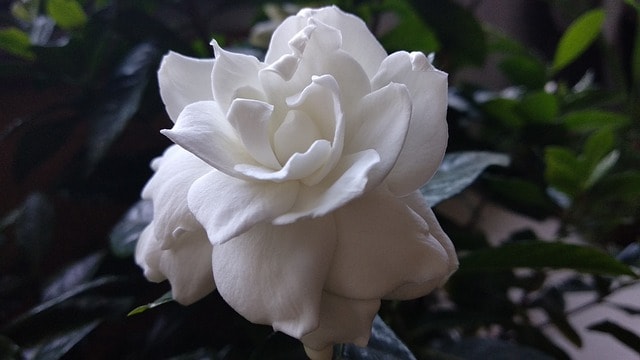
Renowned for their fragrant flowers, gardenias thrive in well-drained soil and full sun to partial shade. Regular watering is essential for their growth, and fertilizer during the growing season can promote healthy blooms.
Hibiscus
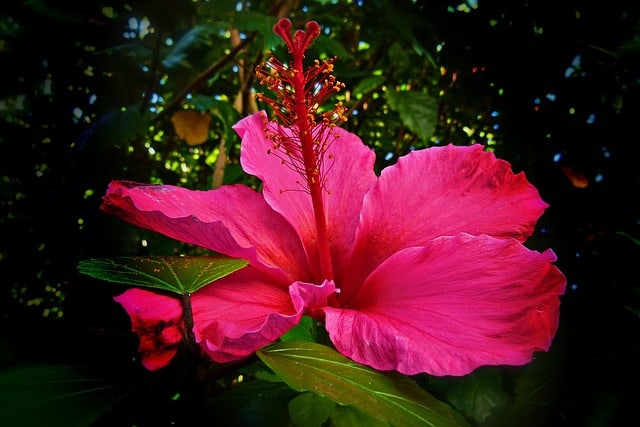
Adding a tropical flair, hibiscus plants prefer full sun and can provide vibrant blooms throughout the summer months. These plants love rich, well-draining soil and regular watering to keep their flowers looking their best.
Lantana

Known for attracting butterflies, lantana can be planted to fill in bare spots with its colorful flowers and is drought-tolerant once established. Regular pruning encourages bushy growth and more blooms.
Nandina
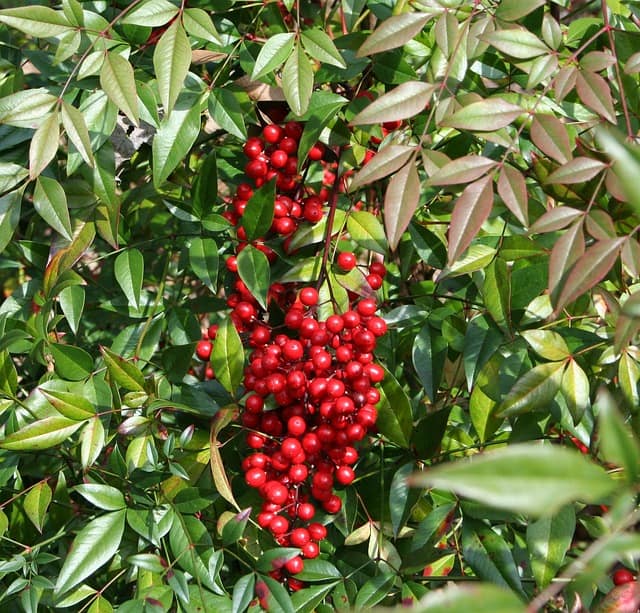
This evergreen shrub offers year-round color and is easy to grow. It can tolerate a range of light conditions from full sun to shade, and it works well in borders, foundation plantings, or as a specimen plant.
Rudbeckia
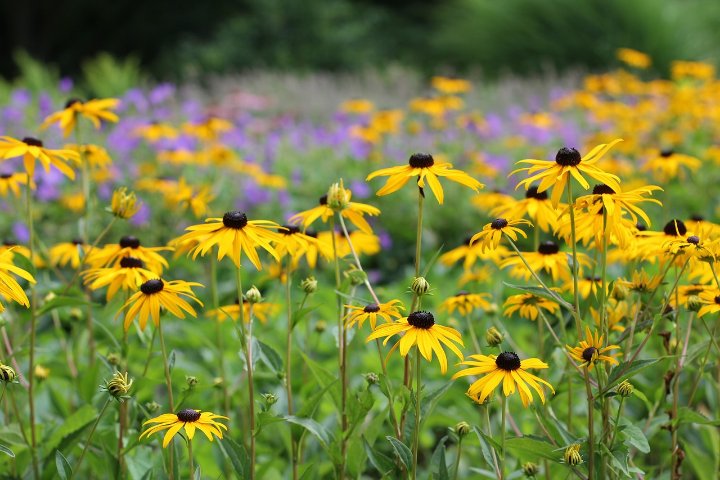
Also known as black-eyed Susans, these drought-tolerant perennials thrive in full sun and offer cheerful yellow blooms. Plant in well-drained soil, and they will attract butterflies and other pollinators to your garden.
Daylilies
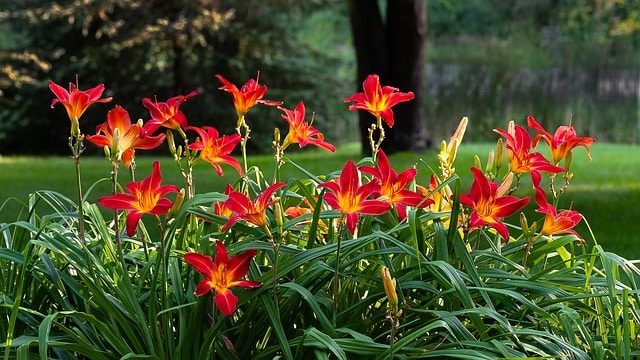
Hardy and adaptable, daylilies are easy to grow and come in various colors. They thrive in full sun and require minimal maintenance once established, making them a great addition for beginner gardeners.
Coreopsis
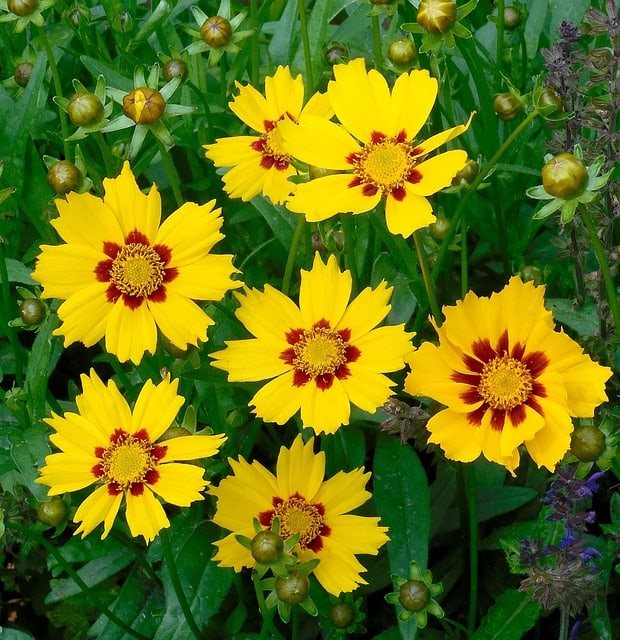
This native perennial produces cheerful flowers and attracts pollinators, adding lively color to your landscape. Plant in well-drained soil in full sun for the best results.
Junipers
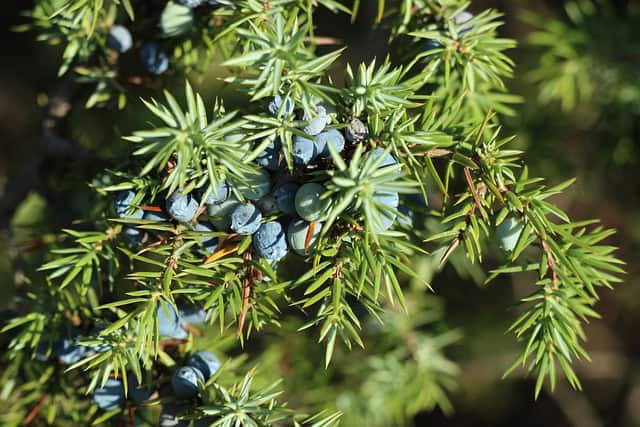
As evergreen shrubs or ground covers, junipers are low-maintenance and provide year-round greenery. They thrive in sunny conditions and adapt well to poor soil, making them ideal for many garden situations.


